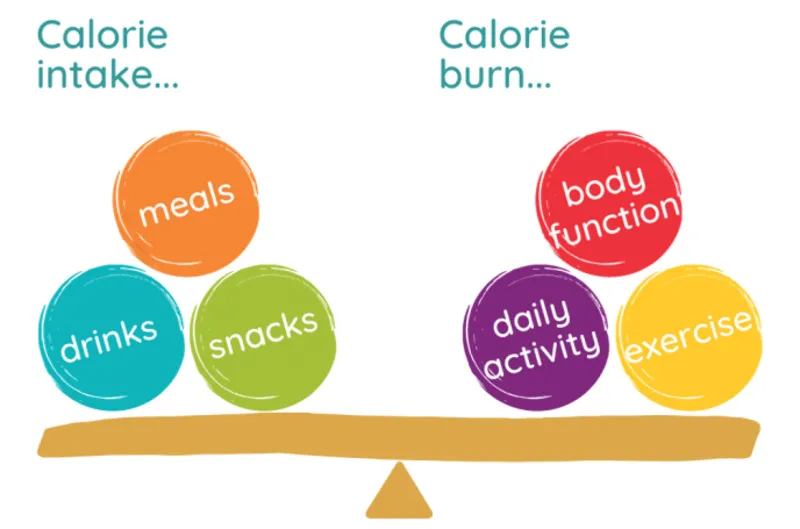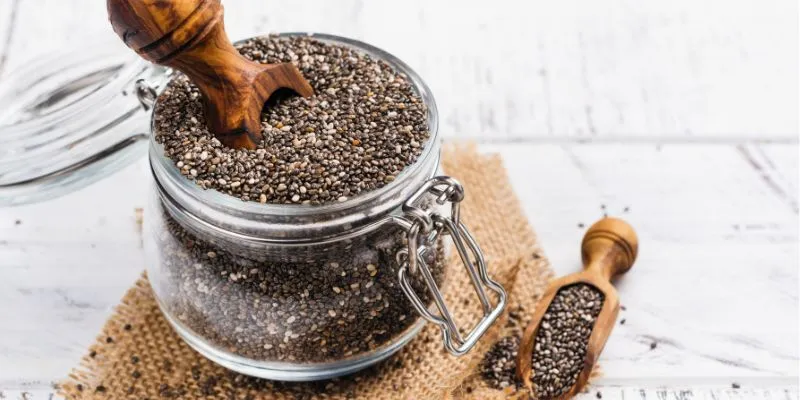Do Men and Women Really Have Different Nutrition Needs?
The nutritional needs of men and women differ due to biological, hormonal, and lifestyle factors. These differences influence everything from food metabolism to nutrient absorption. As a result, each gender requires certain nutrients in varying amounts. Nutrition plays a crucial role in maintaining overall health, but how do these requirements vary between men and women? This article explores the major distinctions in dietary needs, providing insights on how both males and females can enhance their eating habits for better well-being.
The Role of Hormones in Nutritional Requirements
Hormonal differences significantly impact the nutritional requirements of males and females. For instance, women experience hormonal changes during various life stages such as menstruation, pregnancy, and menopause. These fluctuations affect nutrient processing, particularly iron, calcium, and vitamin D. Women of childbearing age require more iron due to blood loss during menstruation. Additionally, calcium needs increase as women approach menopause to combat osteoporosis risk.
Conversely, men typically need more calories due to greater muscle mass, which boosts their metabolic rate. While both genders should consume a balanced diet, these hormonal differences create distinct nutritional needs based on gender.
- Consideration: Hormonal fluctuations in women may affect nutrient absorption.
- Fact: Hormonal changes during menopause can lead to increased calcium requirements to prevent osteoporosis.
Caloric Intake - How Much Is Enough?

Calorie consumption is another area where notable differences exist between men and women. Generally, men have a higher basal metabolic rate (BMR) compared to women, meaning they burn more calories even at rest. This is primarily due to body composition, as males typically have more muscle mass, which consumes more energy than fat tissue. Consequently, men usually require more calories to maintain their energy levels.
Women, however, may need fewer calories based on factors such as age, activity level, and hormonal influences. The key for both genders is to adjust calorie intake according to individual needs, considering factors like age, weight, and activity levels.
- Caution: Monitoring caloric intake is vital for weight management.
- Note: Individual factors like metabolism can significantly affect caloric needs.
Macronutrient Needs - Protein, Fats, and Carbohydrates
Macronutrient balance, including protein, fats, and carbohydrates, varies between men and women. Men typically require more protein to maintain muscle health due to their larger muscle mass. Protein plays a crucial role in muscle repair and growth, so active men may need even more to meet their body’s demands.
Dietary fats are essential for women, particularly those of reproductive age, as they are necessary for hormone production. Omega-3 fatty acids are especially beneficial as they support brain health and can help regulate mood. Women also need adequate carbohydrates but should focus on complex carbohydrates like whole grains for sustained energy and digestive health.
Despite these differences, both genders should prioritize consuming high- quality macronutrients, including lean proteins, healthy fats, and complex carbohydrates.
- Insight: Men may need 1.2 to 2.0 grams of protein per kilogram of body weight, depending on activity level.
- Reminder: Women should prioritize sources of omega-3 fatty acids, like fish and flaxseeds, for overall health.
Micronutrient Considerations - Vitamins and Minerals
Micronutrient needs, such as vitamins and minerals, differ significantly between males and females, especially regarding iron and calcium. Women require more iron due to blood loss during menstruation, increasing the risk of iron deficiency or anemia. Consuming iron-rich foods like red meat, spinach, or fortified cereals can help meet this need. In contrast, men require less iron but must ensure adequate intake to prevent fatigue and decreased immunity.
Calcium is another crucial micronutrient where gender variations are evident. Women, particularly post-menopausal, need more calcium to protect against bone density loss and osteoporosis. While men also need calcium for bone health, they generally require less than women. Vitamin D is essential for calcium absorption, making it vital for both genders. Insufficient vitamin D can lead to weak bones and other health issues.
- Fact: Iron absorption can be enhanced by consuming vitamin C-rich foods alongside iron-rich meals.
- Consideration: Vitamin D levels can vary based on sun exposure and geographic location.
Impact of Lifestyle and Physical Activity on Nutrition Needs
Physical activity levels directly influence the nutritional requirements of both males and females. Men engaged in strength training need more protein for muscle repair and growth. Additionally, active men require higher calorie intake to support increased energy expenditure.
Women who exercise regularly have unique concerns. For example, endurance athletes, particularly female runners, may need more carbohydrates to sustain energy during prolonged physical activity. Additionally, women participating in weight-bearing exercises require sufficient calcium and vitamin D to protect their bones. While regular physical activity benefits both genders, nutritional strategies to support their activity differ, influenced by each gender’s unique physiological needs.
- Insight: Women may require an additional 30 grams of carbohydrates during prolonged exercise.
- Reminder: Adequate hydration is essential for both genders, especially during physical activities.
Special Nutritional Needs During Life Stages
Both men and women experience changes in nutritional needs as they age, but the changes are more pronounced for females due to events like pregnancy, breastfeeding, and menopause. Pregnant women need increased levels of folic acid, iron, and calcium to support fetal development and maintain their health. Breastfeeding mothers require additional calories and specific nutrients like omega-3 fatty acids to support infant brain development.

Aging men face unique nutrition-related challenges. Older men may require more vitamin B12, as the body’s ability to absorb this vitamin decreases with age.
Individuals of all genders should adjust their diets as they transition through various life stages to meet their bodies’ evolving needs.
- Fact: Older adults may benefit from vitamin B12 supplementation to combat deficiencies.
Conclusion
Men and women have distinct nutritional needs influenced by hormones, biological factors, and lifestyle. While both genders require a balanced intake of macronutrients and micronutrients, the specific amounts needed differ. Men generally need more energy-giving foods like calories and protein to support muscle mass, while women often require additional iron and calcium, particularly during menstruation, pregnancy, or menopause. Understanding these differences allows individuals to tailor their diets to meet their unique nutritional needs at each life stage.










